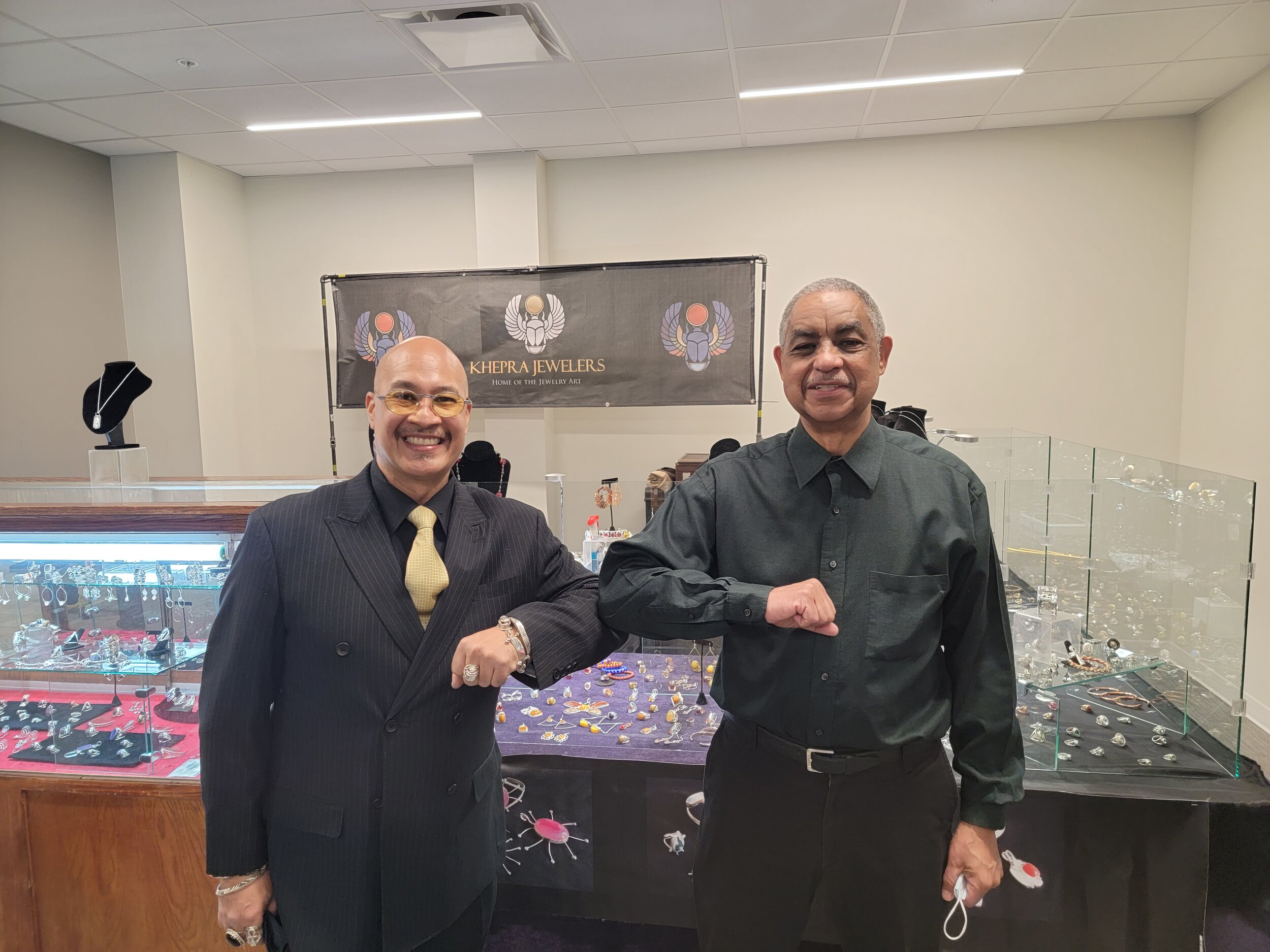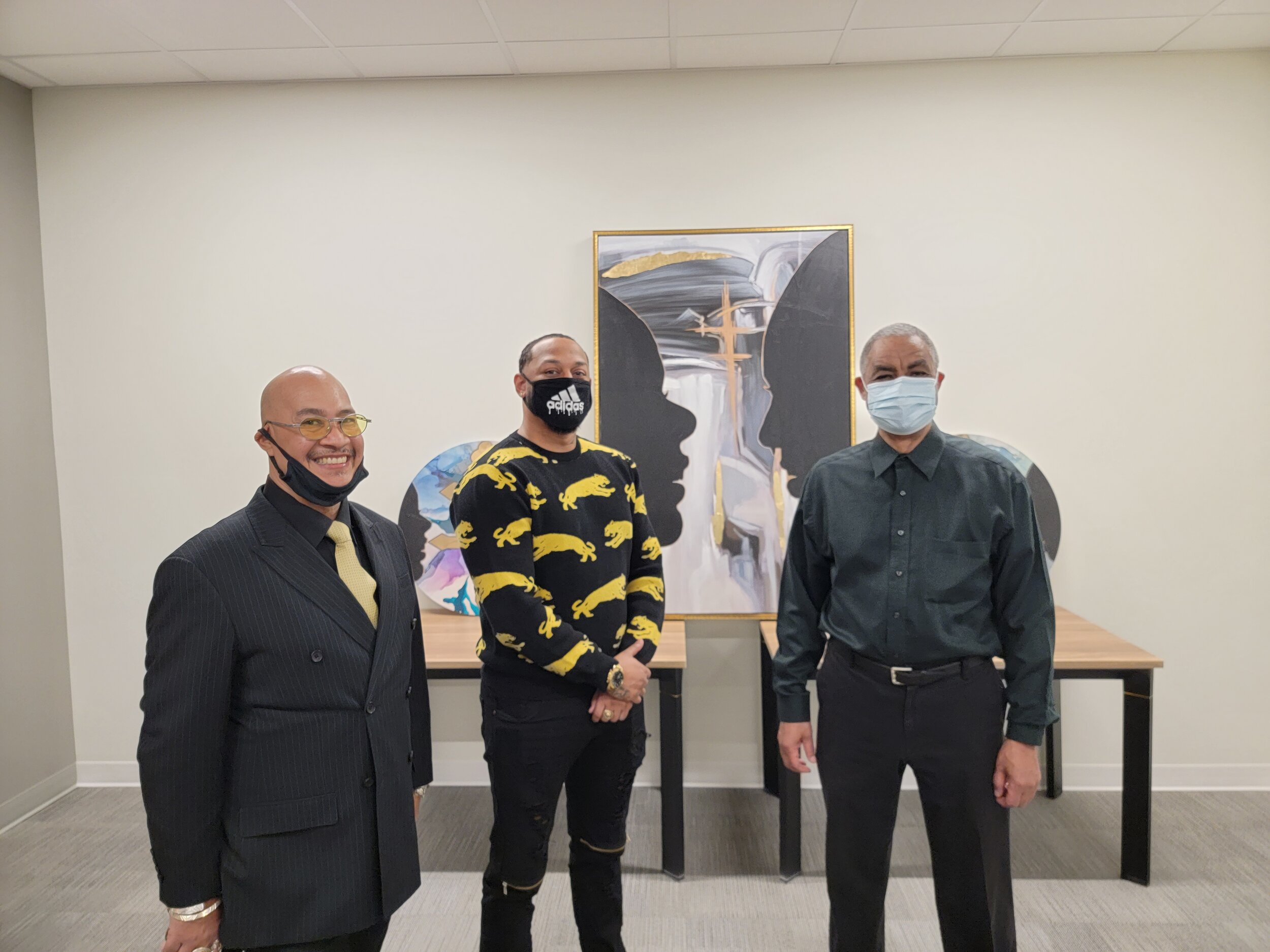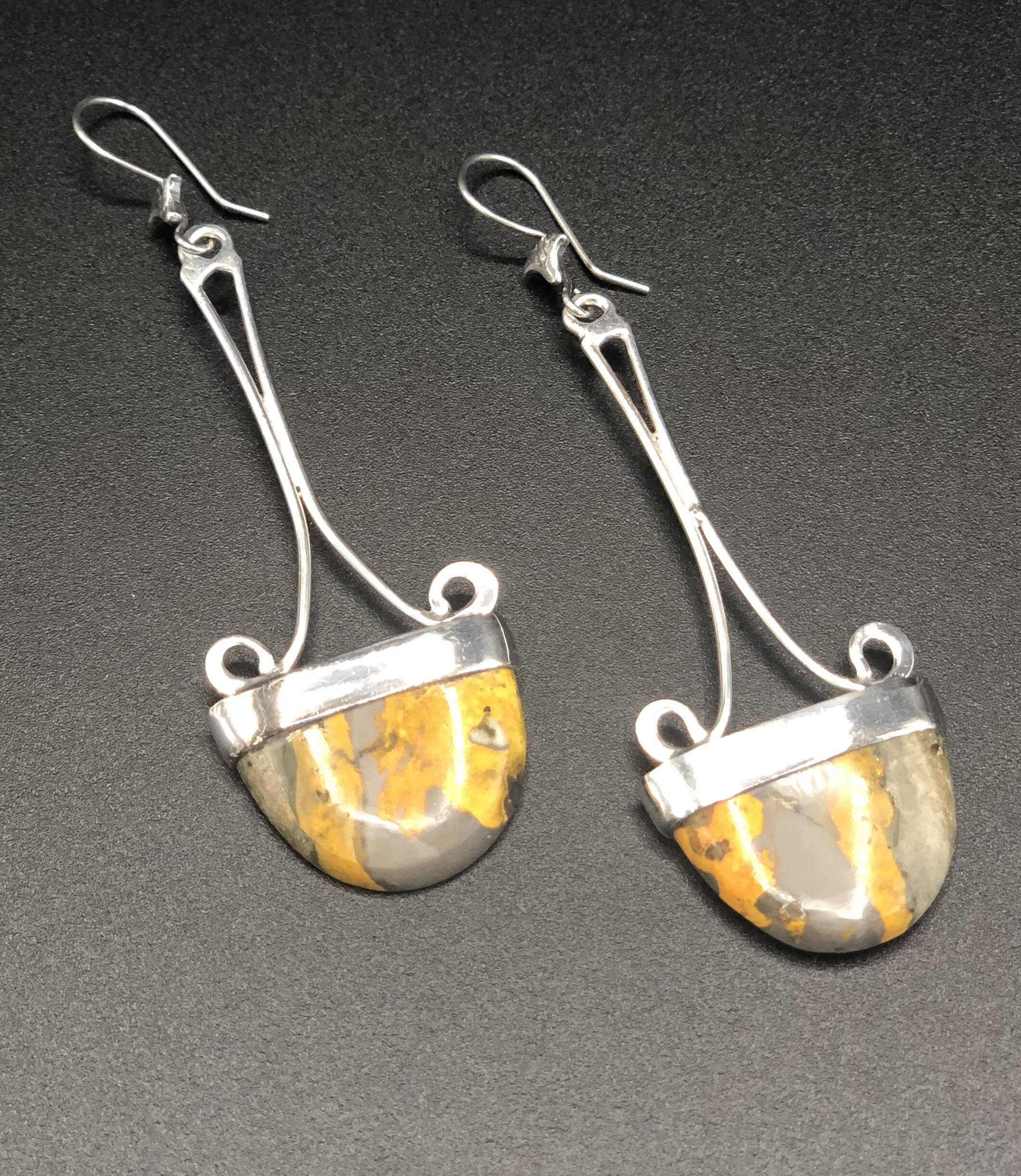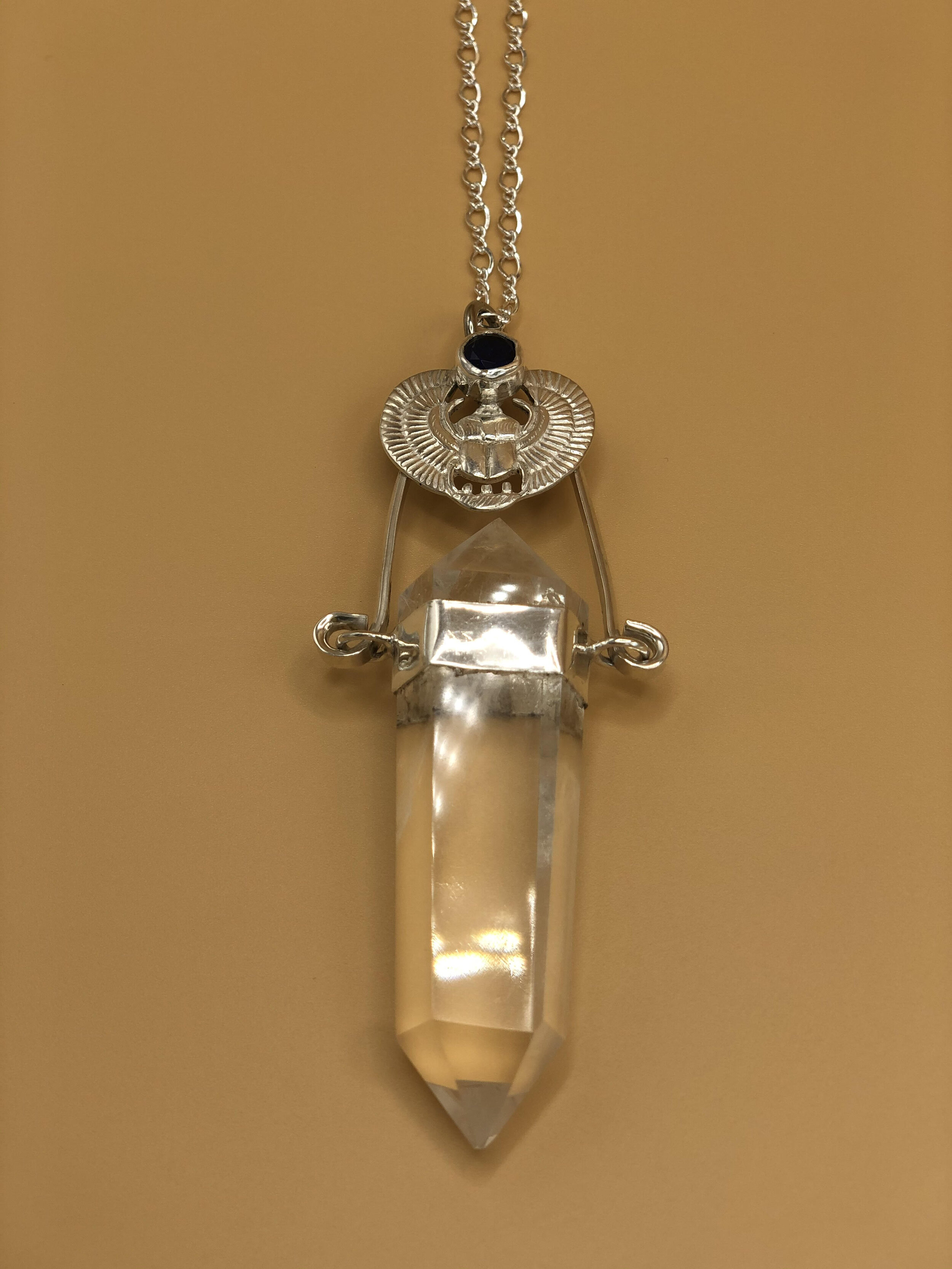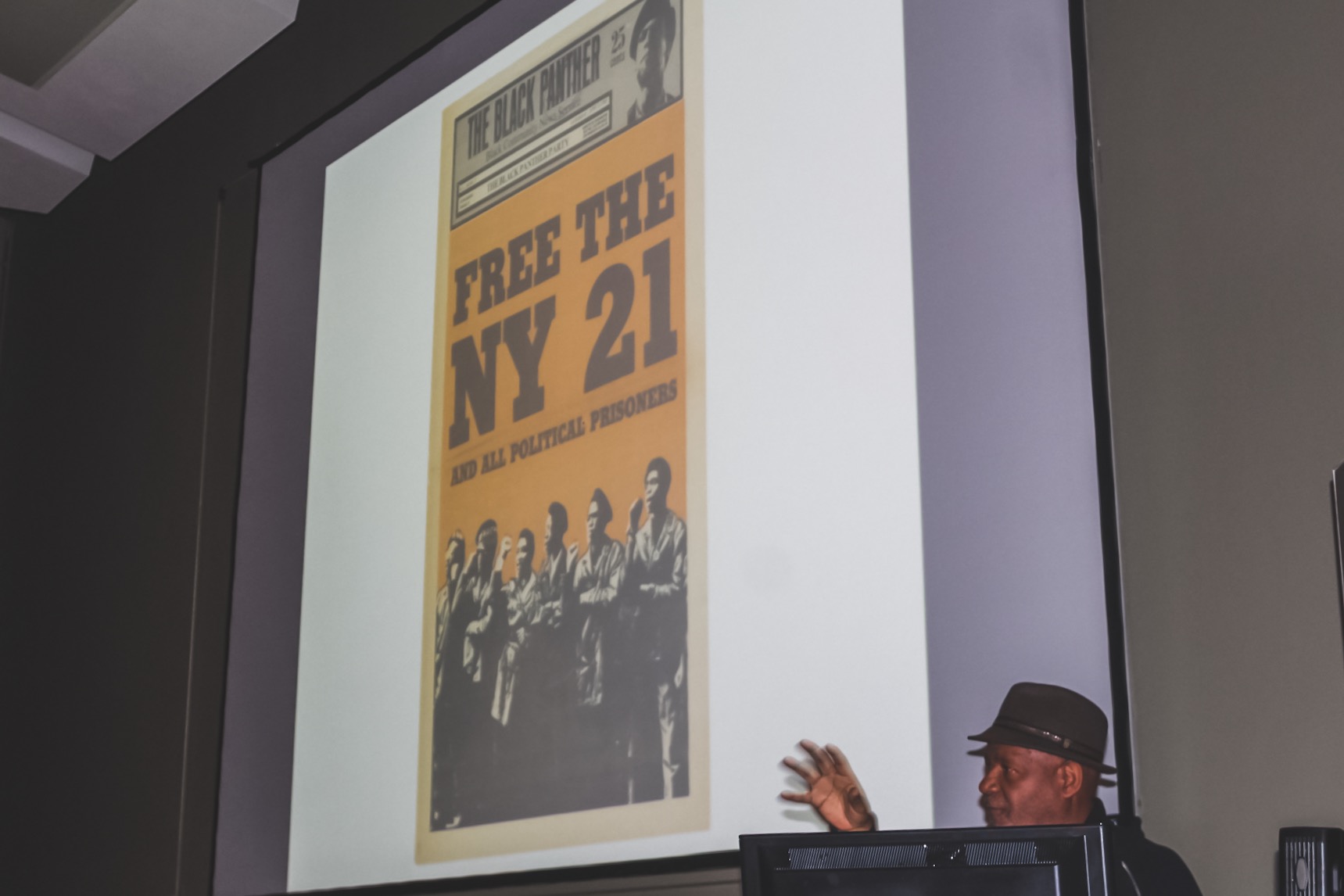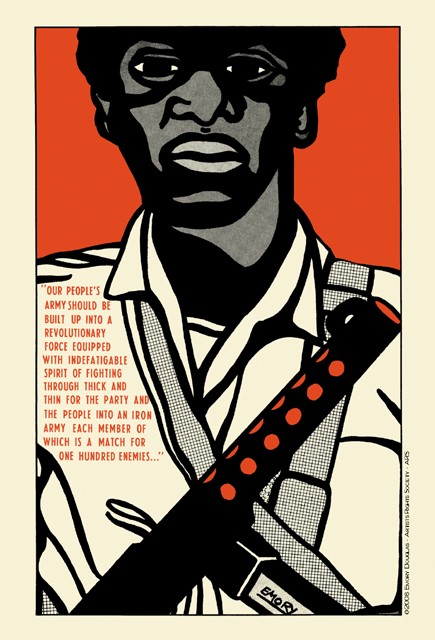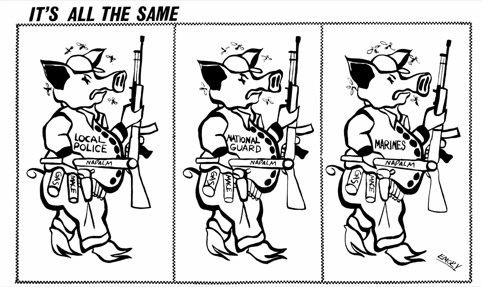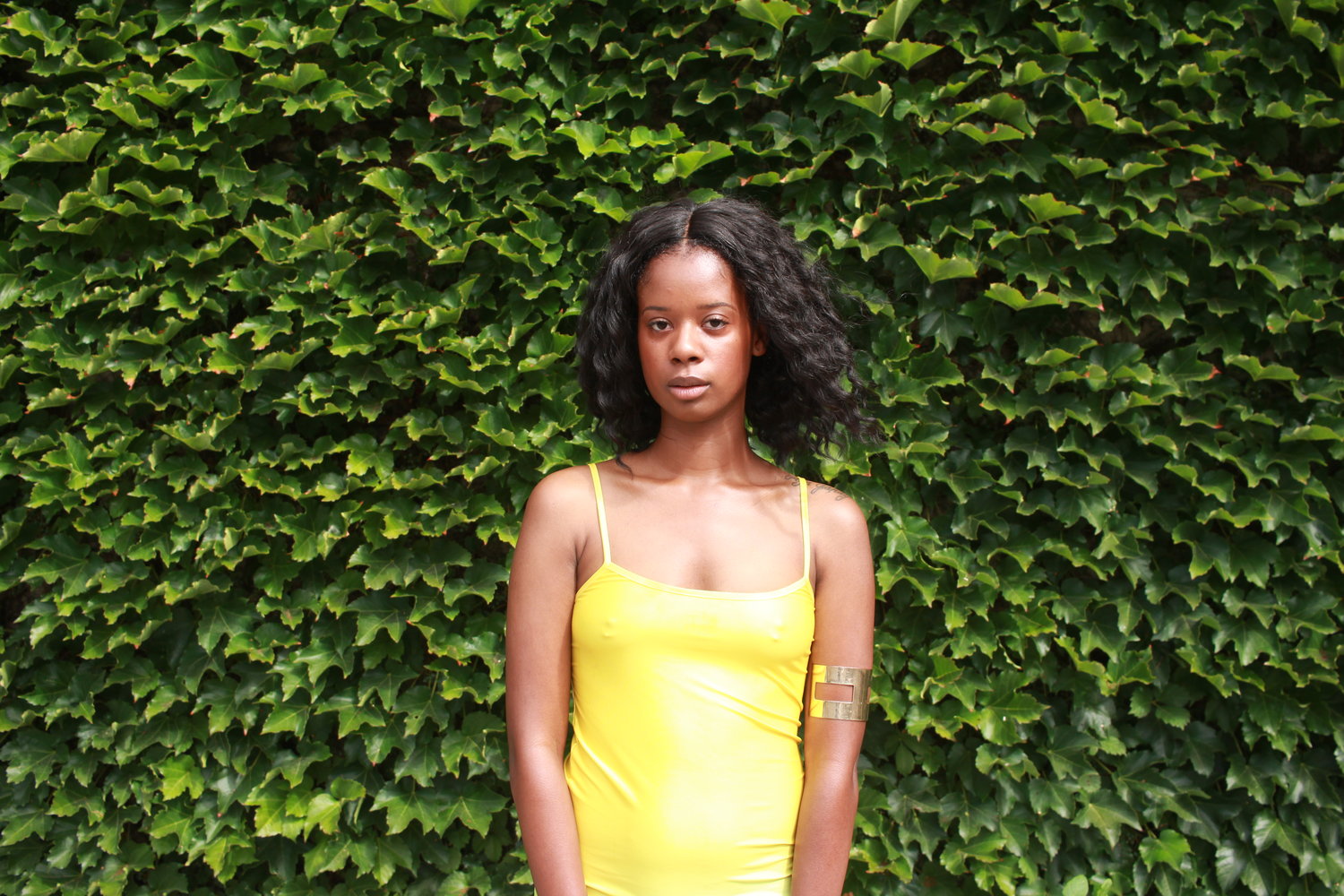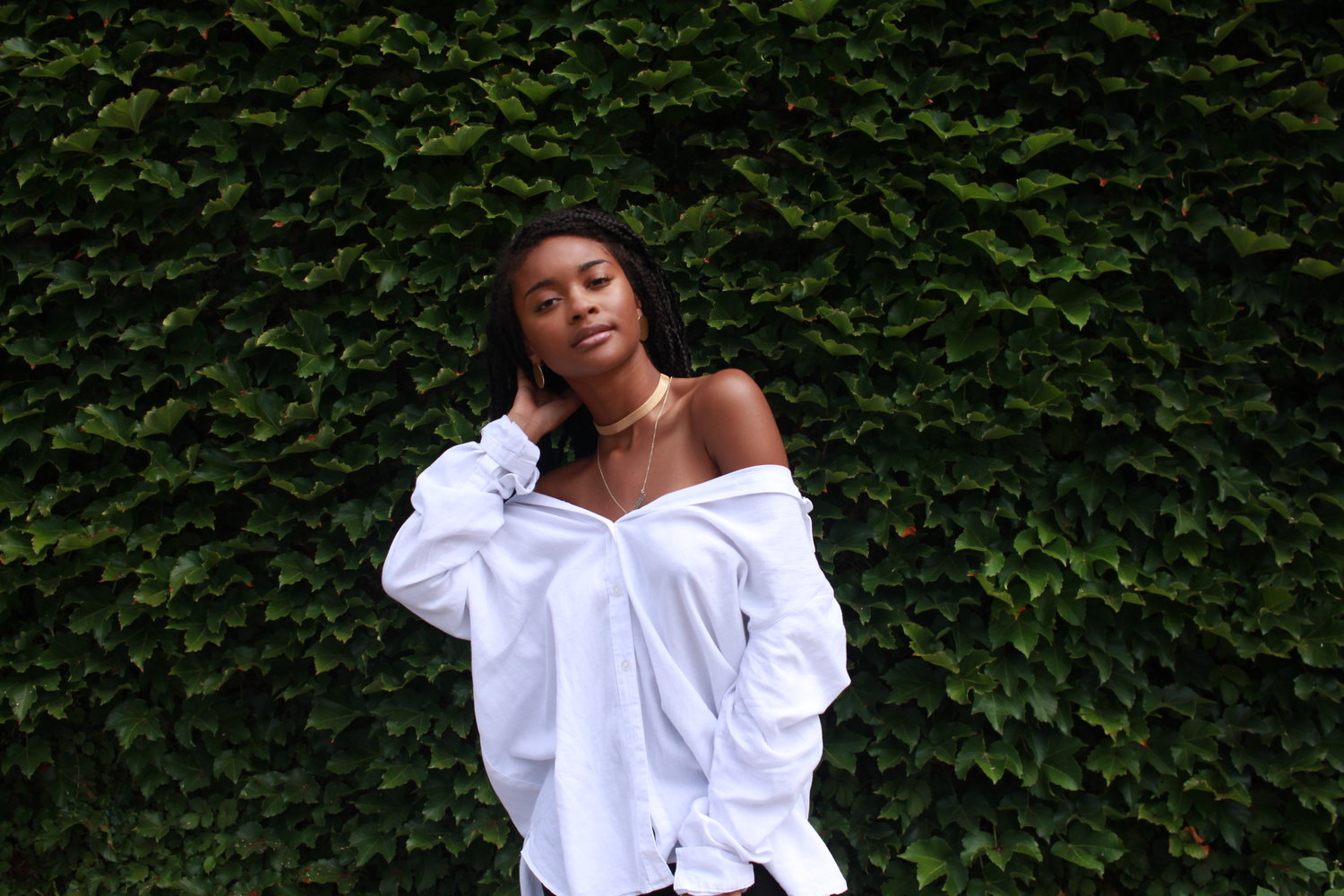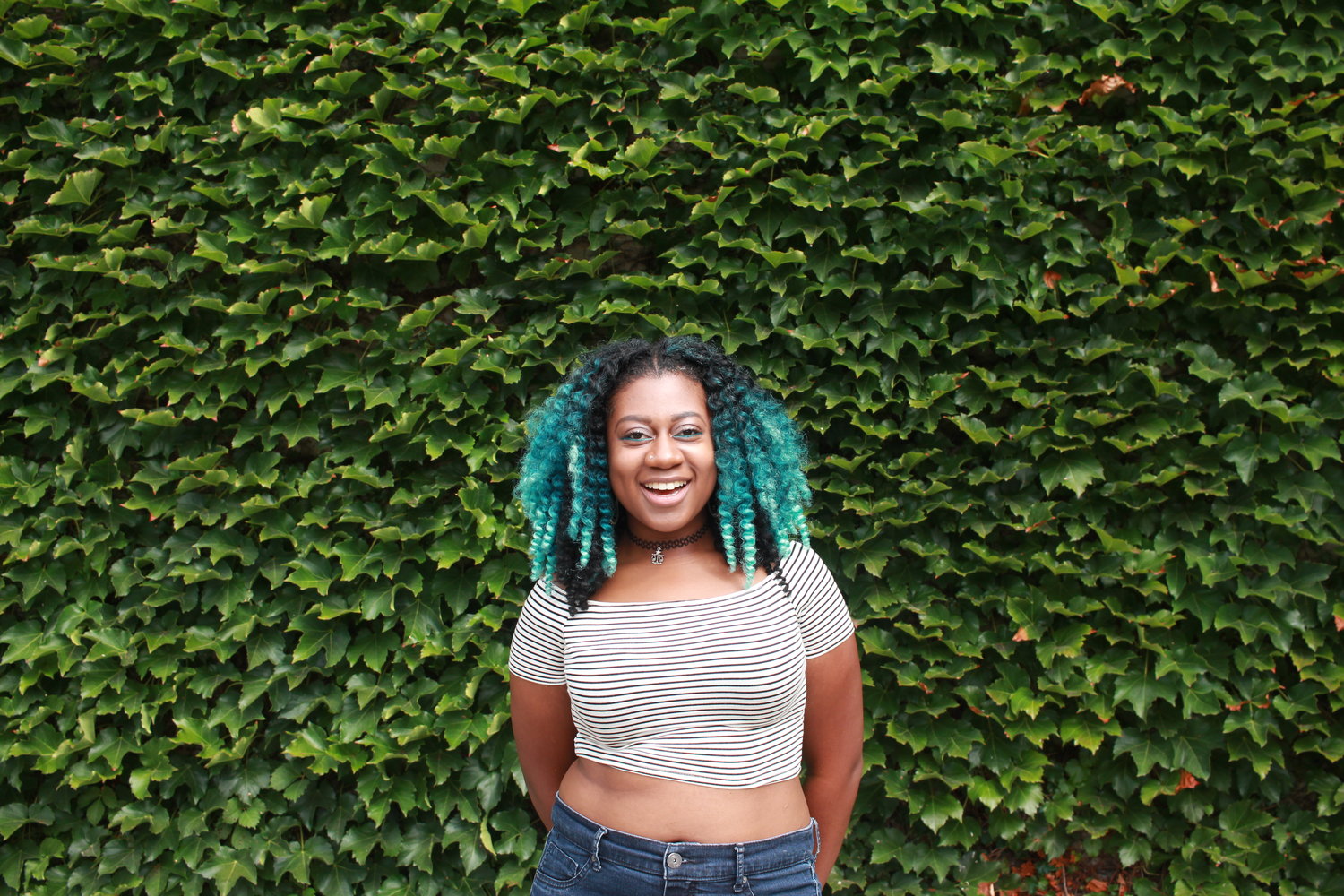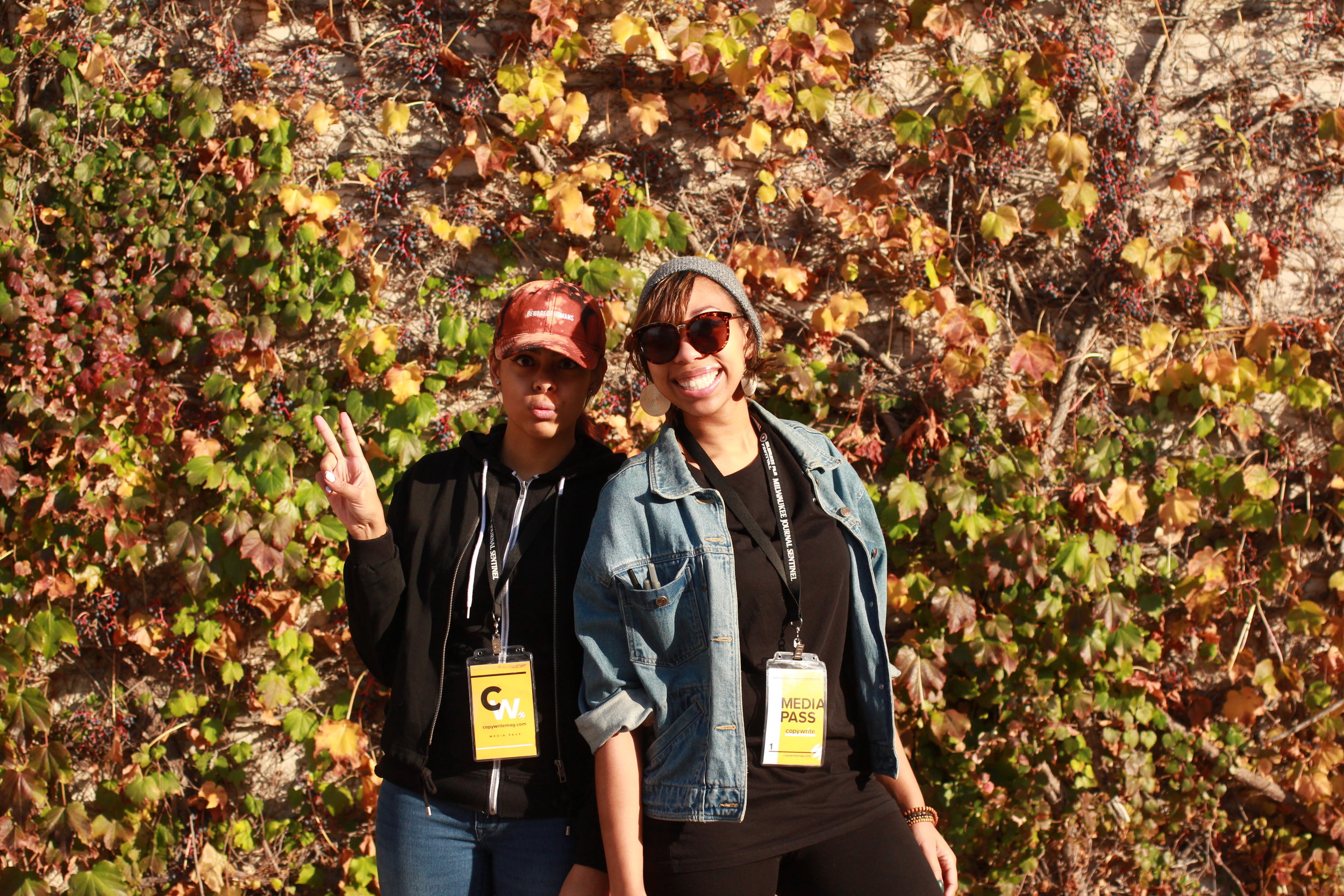Corey Fells, a photographer from Milwaukee has released the entirety of his 100 Womxn project to be exhibited at the Museum of Wisconsin Art (205 Veterans Ave. West Bend, WI) showing from October 13th, 2018 to January 13th, 2019. The exhibit showcases 97 images of Black & Brown women (equalling 100 women photographed) in front of a morphing background of foliage that transition throughout several seasons in Milwaukee, like a continuous narrative that celebrates the diversity, majesty, and inspiration these women hold. He sat down with CopyWrite to discuss how his project is more than 100 Womxn, but more like 100 ways to impact our community.
CF: “Its story of individual Black & Brown women. It was about allowing them to express stories about their relevant stance in the community and a stance here in Milwaukee. Some of these stories overlap. Some are completely opposite, and some are exactly the same. This just allows people to understand that. . . As a society, we overlook woman's perspective. That's why I made this about women and only about women. Even within the title, the X is used to symbolize this has nothing to do with men, except for the fact that I (as a man) took the photos.”
Underlying the story of these women lays the story of Corey & the relationship between him and his late mother “Pookie”. Many media outlets have interviewed Corey about this project and have described it as just a simple homage to his mother as photos of women. But what they failed to report is how the process of taking these photos fill a void in his understanding of women, parenting, cultivation, and sense of self that Corey is trying to grasp.
CF: “So a lot of the questions that were prompted by me to the women while I was taking their photos, were questions about their moms, about their parents, siblings, and how they feel in relevance to that.”
His homage to his mother was always covert. It is the process of taking these photos were Corey has received insight into who women can be and has allowed women to speak their truths, in a midwest city that is often overlooked. The nuances of asking gives these women the agency to tell their story, and reveal their true perspectives.
CF: “In the beginning, I took pictures of 10 women I chose because I knew other women admired them. I couldn’t just take pictures of people in my family or something like that because it would seem disingenuous. So I chose women who I didn’t know anything about which made me have to force the conversation between myself and them. I couldn’t just assume anything. I can't say ‘hey this is who you are.’ I had to have this dialogue. I really wanted this to be something for me to learn and kind of get over. Because after my mom passed, I didn’t have that frame of reference and understanding of what a woman was. So these conversations are very genuine. Some of them I didn't even take a photo for the first hour of us standing and talking because it was just a genuine flow of authenticity between two people.”
Strategically, he asked me a question, flipping our interview into a discussion where he turned his photo taking methods into a conversation where my female perspective was just as vital to the narrative as his own thoughts.
CF: “How do you feel about women here in Milwaukee?”
CW (Lexi): “I feel like women here are amazing. I think only as of recently they have been able to express themselves in a way that is unapologetic and that is being accepted. What it means to be a woman here is definitely different, especially for Black & Brown women. I, myself and I think more women are starting to use their platforms to help cultivate our communities. I think it's dope, that we not just women but we are our craft, we are our story.”
He then asked questions about my personal power struggles in my successes as a woman of color, where I shared my arsenal on how to combat with the woes of a patriarchal system, after I clued him in he returned to his point:
CF: “These stories and these type of self-reflections help me. After I looked at this project, I realized that I’m getting older, life is going to happen. I want to have a daughter. There are going to be times when I have to explain to her certain things. I can pull different references from these stories and say, I heard something from these women. . . That may help me deliver that better or understand her better. I don’t want to be narrow-minded.”
As the story of women unfolds, morphs, and shapes our image in the same way the leaves change colors and fall from the vines in the hope that in the next season new ones will bloom in the 100 Womxn project, Corey hopes that this exhibit can be the blossoming of greater things.
CF: “My plan is to hopefully use this project as the concept for a panel discussion that starts here in Milwaukee and then moves over to other universities around the country. Mainly HBCUs.”


![SnapShot Press Release: HOOPS [adorning Culture through performative social commentary]](https://images.squarespace-cdn.com/content/v1/55a6fdb5e4b0ca78813817ae/1678747513820-UD1H11GTL403ZIYT5L2H/MSB_5732.jpg)

